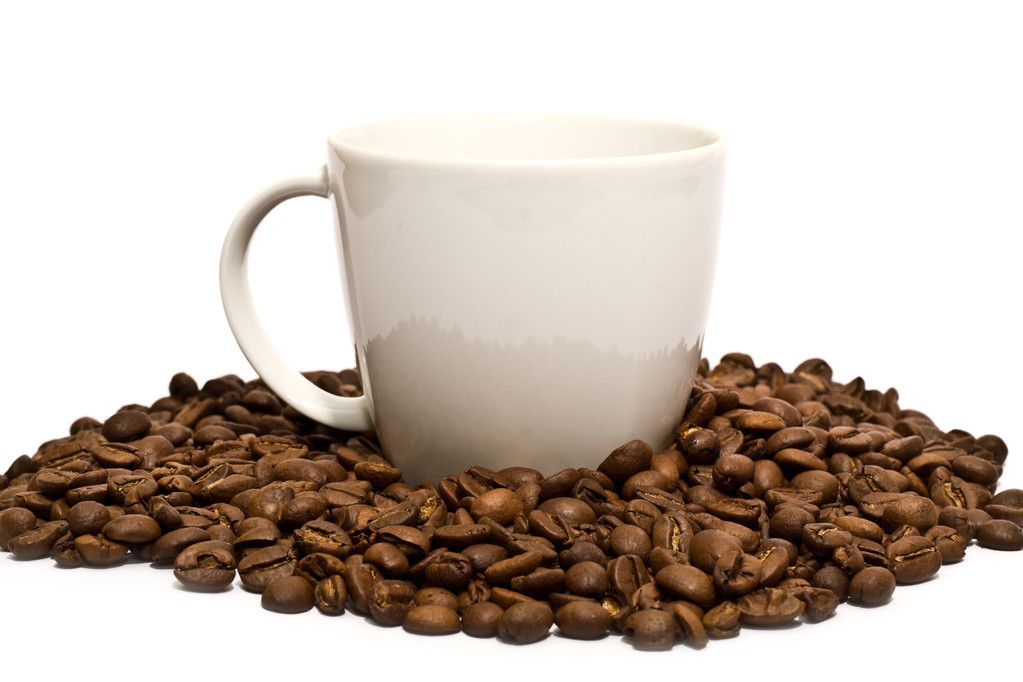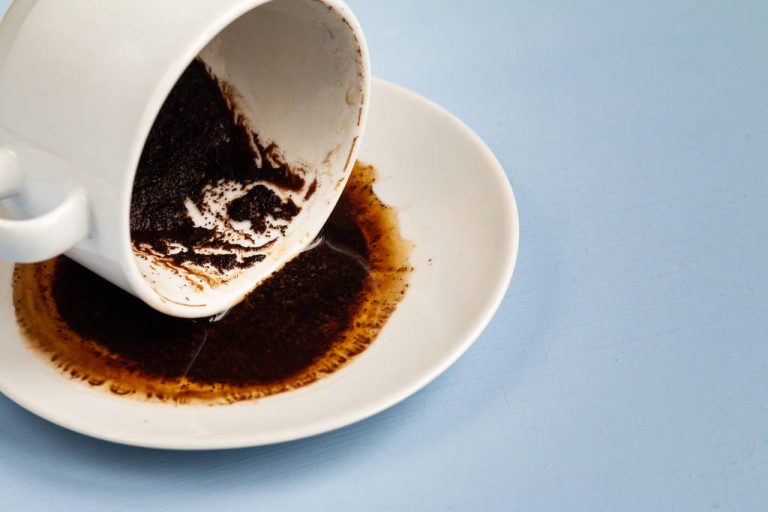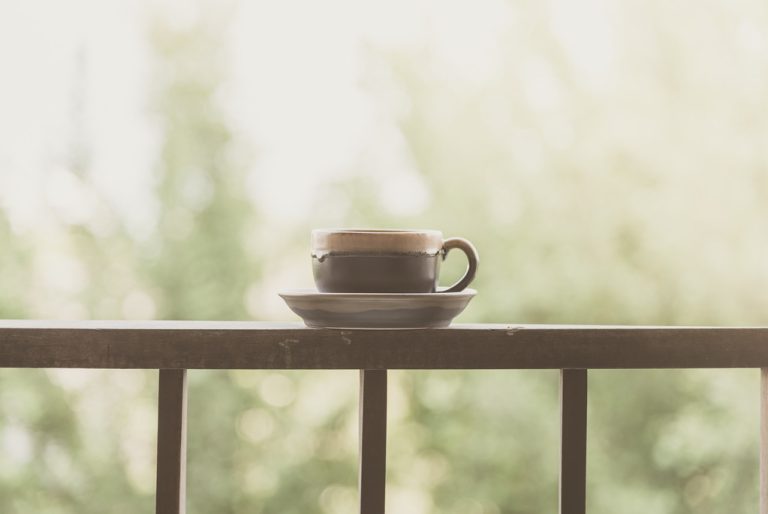Reading coffee grounds has a long tradition. Now the tradition is being revived on New Year’s Eve in order to look to the future in a cheap and environmentally friendly way.
Reading coffee grounds – the alternative to pouring lead
New Year’s Eve is the perfect moment to make plans for the new year and take a daring look at the future. What will next year bring? Many people still rely on lead casting, in which lead is melted and the newly created figures are interpreted. Unfortunately, lead casting is harmful to the environment and health, so more and more people are doing without it. But there is a healthy and environmentally friendly alternative that is at least as much fun – namely reading coffee grounds.
The origins of reading coffee grounds
Reading the coffee grounds is an old tradition. Like the coffee itself, the tradition comes from the Orient. No wonder that not only the enjoyment of coffee conquered the world, but also the mystical reading of coffee grounds. It is a popular pastime, especially in Southeastern Europe and Turkey. Looking into the future works best with a poured mocha or Turkish coffee. This leaves a large amount of coffee grounds at the bottom of the cup. But even with simple filter coffee, the necessary coffee grounds can be produced quickly and easily.
Reading coffee grounds on New Year’s Eve
Reading coffee grounds is great fun for the whole family. It is best for everyone to get their own coffee, after all, everyone has an individual future ahead of them. Depending on their age, children can take part in the spectacle with decaffeinated coffee substitutes or the adults drink an additional cup of coffee and provide it. Together, looking into the future is twice as much fun:
Put finely ground coffee in a pot and then fill it up with hot water. Stir a little
When the ground coffee has settled, you can pour the coffee into the cups
Now it gets exciting, because according to the real Turkish ritual, they now have to swirl the cup three times and breathe into it three times
Enjoy your coffee now
Put a saucer over the empty cup. Now the moment has come to ask a specific question about the future
Just wait a moment and then turn the cup and saucer over so the coffee grounds are on top of the saucer
Then you have to breathe on the saucer three more times and let the resulting patterns work on you

Interpret the coffee grounds
Now the exciting part of the evening begins: reading the coffee grounds. They recognize a variety of shapes, patterns, and sometimes figures that look like animals, plants, or objects. Each form can be interpreted in a certain way. This creates fun discussions. Other divination systems such as symbol books or tarot cards are suitable as templates for the interpretation of the patterns. The list of symbols and their meaning is endless. But you can also not take the whole thing too seriously and let your imagination run wild with the interpretation. Together, while reading coffee grounds, the most exciting future prophecies emerge.




